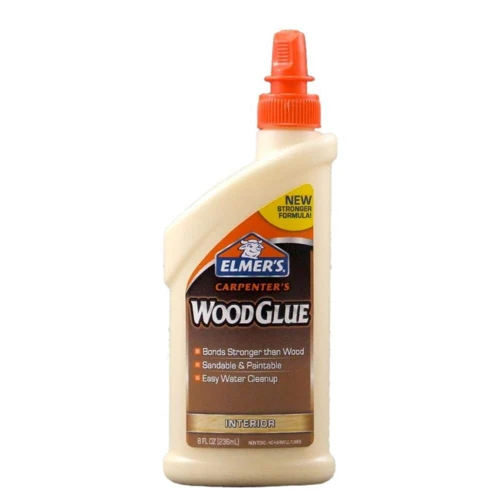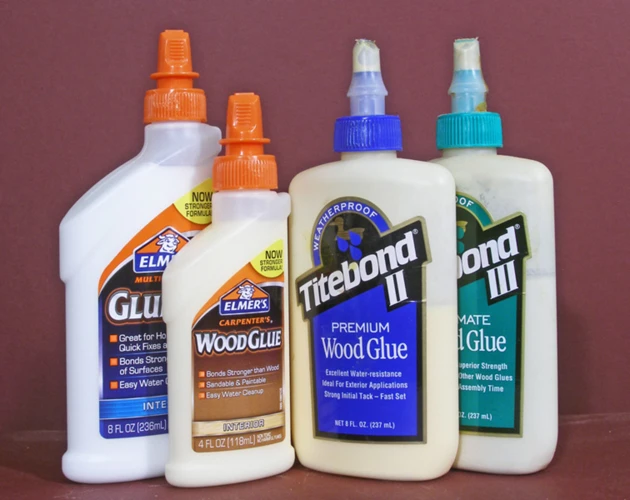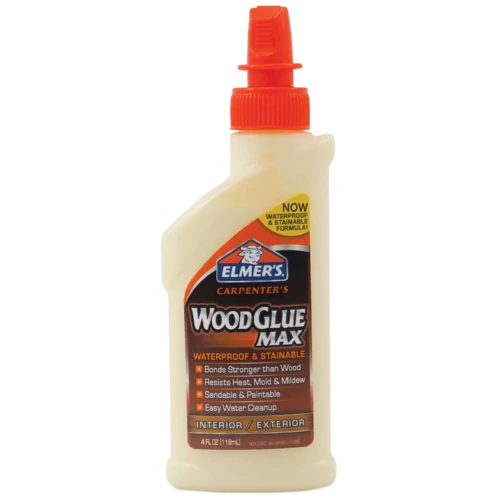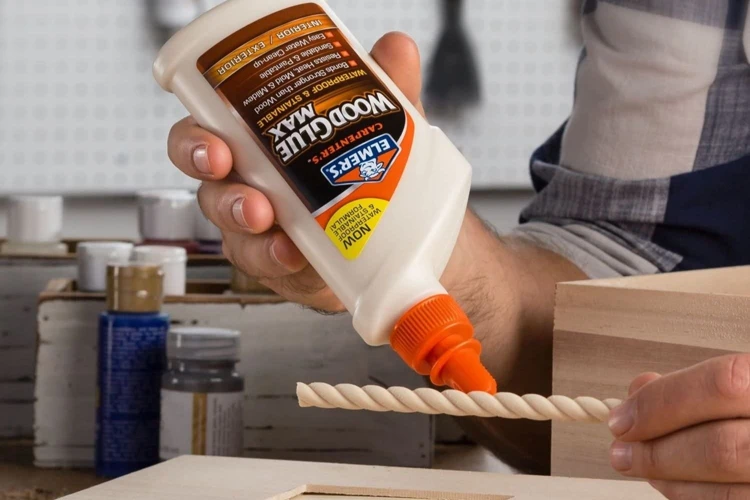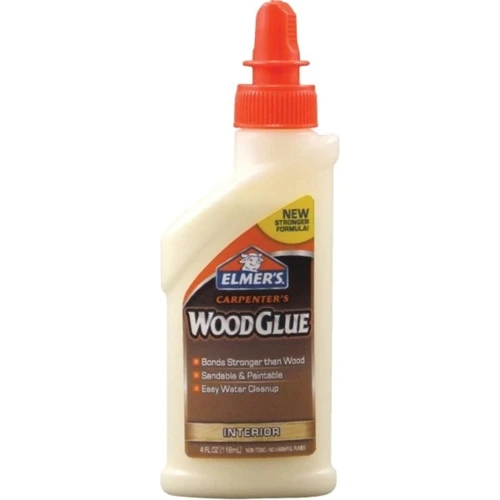Introduction to Wood Adhesive
When it comes to woodworking projects, the strength of the final piece often hinges on the quality of the connections between its parts. Here, wood adhesive plays a crucial role, serving not just as a bonding material, but also as a filler and sealer, enhancing the durability and aesthetic appeal of the work.
Defining Carpenters Glue
Carpenters glue is a term that refers to a variety of adhesives specifically designed for wood-to-wood bonding. These adhesives are formulated to penetrate wood fibers and create a bond that is often stronger than the wood itself, ensuring the integrity and longevity of the carpentry work.
Exploring Types of Wood Glue for Various Projects
The Role of PVA Glue in Carpentry
Polyvinyl acetate, commonly known as PVA glue for carpentry, is a popular adhesive choice due to its ease of use, non-toxicity, and strong bond once cured. Its versatility makes it suitable for a range of carpentry projects, from assembling furniture to attaching trim.
Assessing Other Woodworking Glue Types
Beyond PVA, other types of wood glue include epoxy, polyurethane, and hide glues, each with its own set of properties catering to different woodworking needs. Epoxy is known for its strength and gap-filling capabilities, while polyurethane works well with both hardwoods and softwoods. Hide glue, a traditional bonding agent for wood, is revered for its reversibility and natural composition.
The Science Behind Strong Wood Glue
How Wood Adhesives Work
The efficacy of a woodworking glue lies in its ability to chemically and physically bond with the substrate. Through a process known as curing, adhesives undergo a transformation from a liquid state to a solid, creating a molecular interlink that firmly joins wooden surfaces.
Characteristics of a Strong Bonding Agent for Wood
A strong wood glue is characterized by its tackiness, setting time, and resistance to moisture and temperature. The ideal adhesive would not only bond quickly and firmly but also withstand environmental stresses to maintain the integrity of the woodwork over time.
Best Glue for Wood: Finding the Ideal Woodworking Glue
Factors to Consider When Choosing Carpentry Glue
- Material Compatibility: Ensure the glue is suitable for the types of wood you’re working with.
- Open Time: Consider how much time you need before the glue starts to set.
- Strength Requirements: Assess the bonding strength necessary for your project’s longevity.
- Environmental Exposure: Choose an adhesive that can handle the conditions where the finished project will be used.
Comparing Top Wood Glue Brands
Market leaders in carpenters glue offer products that promise reliability and strength. Brands like Titebond, Gorilla Glue, and Elmer’s have established reputations for producing some of the best glue for wood, each with its own specific formulations tailored to different woodworking applications.
Carpentry Glue Uses: Maximizing Wood Joint Strength
Glue for Wood Joints: Techniques and Tips
When applying glue for wood joints, it’s essential to ensure clean, dry, and snug-fitting surfaces. Techniques like clamping can aid in keeping the joint secure while the adhesive cures, and applying the right amount of glue will prevent weakening of the bond due to excess or insufficient adhesive.
Application Methods for Effective Bonding
Different application methods, such as brushing, rolling, or using a glue bottle with a narrow applicator, can ensure an even spread of the adhesive, which is critical for effective bonding. It’s also important to remove any excess glue before it dries to maintain a clean finish.
Maintaining and Troubleshooting with Wood Adhesive
Preservation and Storage of Carpenters Glue
To prolong the shelf life of your carpentry glue, it should be stored in a cool, dry place, tightly sealed to prevent air and moisture from entering. Keeping the glue at a consistent temperature and away from direct sunlight also helps in preserving its bonding properties.
If you’re working on a project and wondering about the different types of adhesives available, you’re in luck. We’ve got a series of articles exploring various adhesives and their uses. For woodworkers, our article on What Is Carpenter’s Glue is essential reading, but if you’re curious about other adhesives, you might want to check out our insights on What Is Elmer’s Glue, which is great for everyday tasks and school projects. For those in need of a stronger bond, particularly for footwear, our piece on What Is Shoe Glue will provide the necessary details. Lastly, our guide to What Is Craft Glue will help you select the right glue for your creative endeavors. Whether you’re a professional carpenter or a DIY enthusiast, understanding the right glue to use can make all the difference in your projects.
Solving Common Wood Glue Issues
Challenges such as weak joints or glue not setting properly often arise with improper application or adhesive choice. To remedy these issues, ensure the wood surfaces are properly prepared, the correct type of adhesive is used for the job, and that the glue is applied under suitable conditions.
